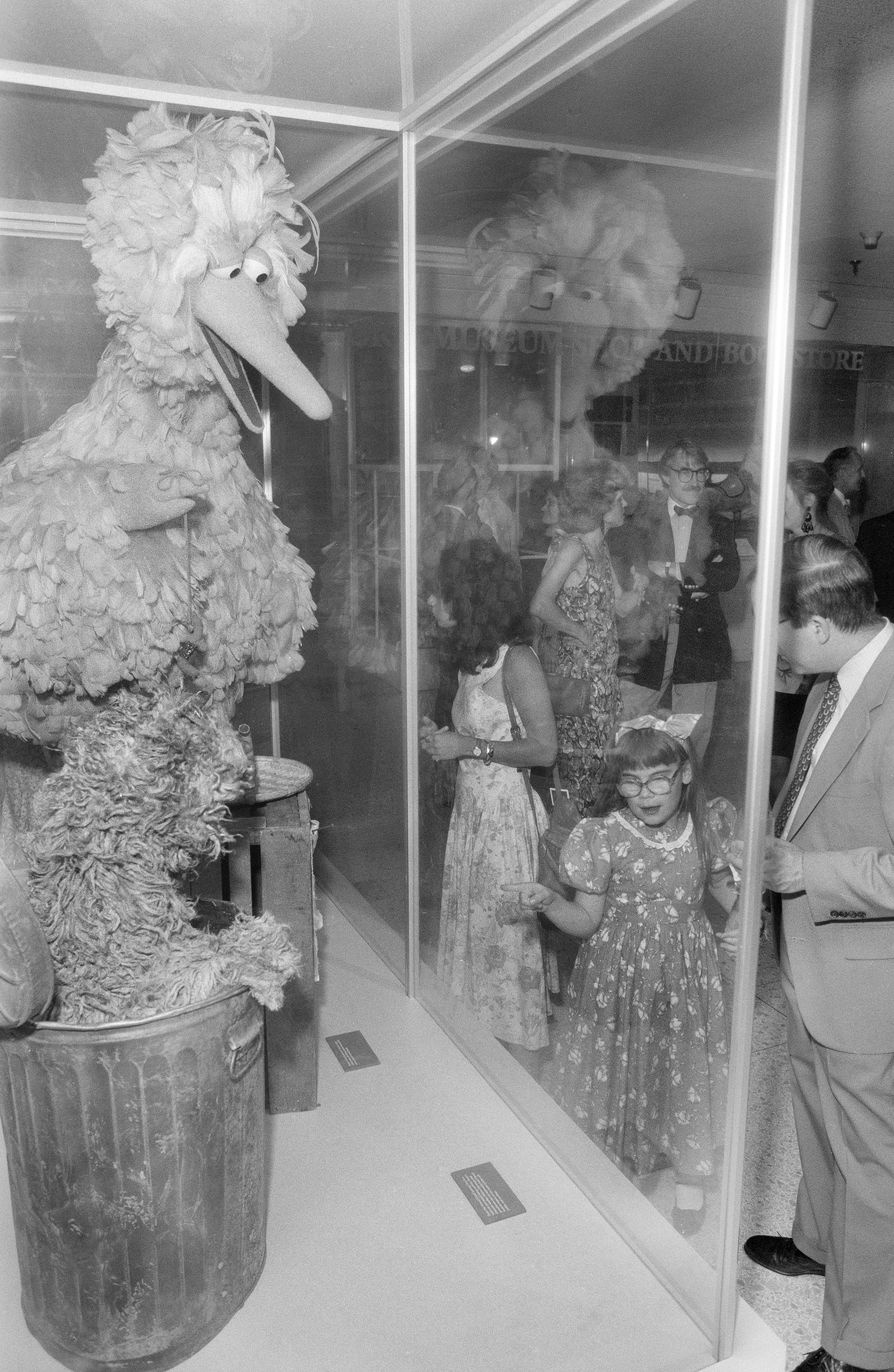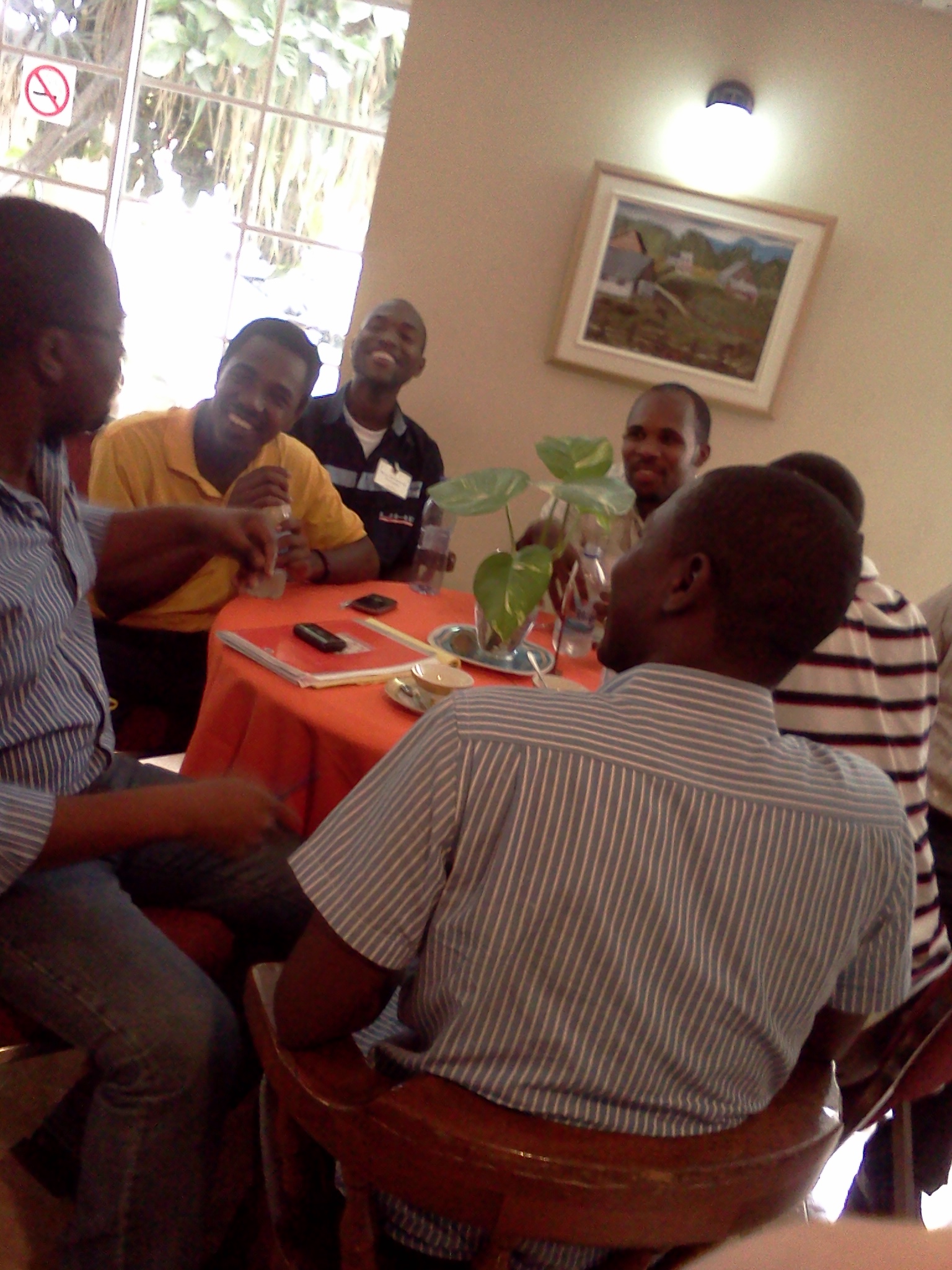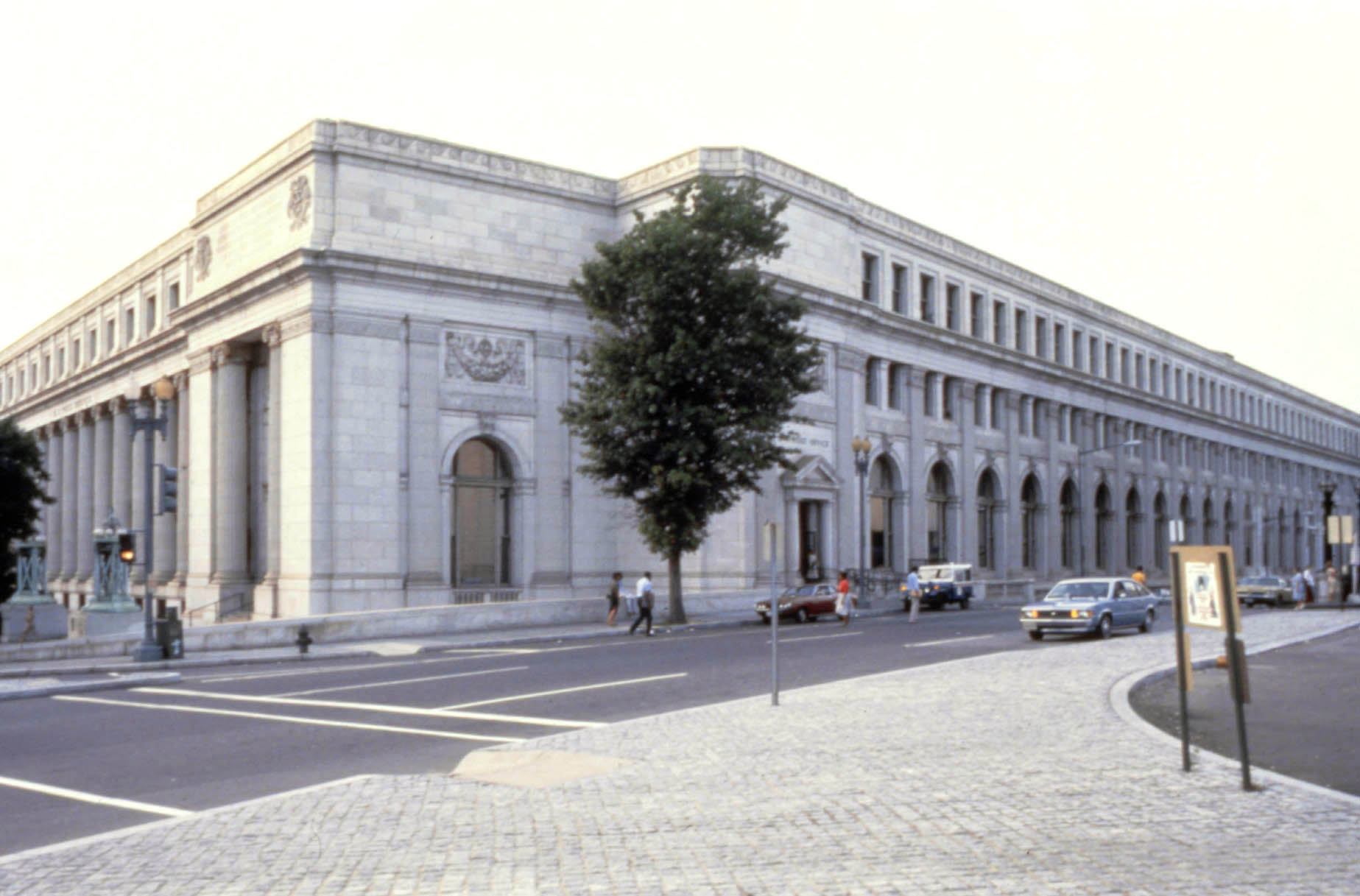Results for "Second Nature (Television production)"

Here At The Smithsonian: Celebrating Earth Optimism with Some Community Science
- Date: April 27, 2021
- Creator: Kira M. Sobers
- Description: Since April is both Earth Month and Citizen Science Month, we’re highlighting two clips that make us optimistic for the future.

Can you tell me how to get to Sesame Street? It's at the Smithsonian!
- Date: June 1, 2017
- Creator: Hillary Brady
- Description: Take a trip back to Sesame Street and the Smithsonian's ten year exhibition about the show in 1979.

Archives Conservation in Haiti, Part 2: Audio and Video Collections
- Date: December 21, 2011
- Creator: Sarah Stauderman
- Description: Current conditions of audiovisual archives in Haiti after the 2010 earthquake.

Hot Topics in Archival Research
- Date: October 9, 2014
- Creator: Mary Markey
- Description: Topics researched at the Smithsonian Institution Archives.
- Blog Post
Down at the Drive-In
- Date: August 4, 2009
- Description: [caption id="attachment_1679" align="aligncenter" width="300" caption="Untitled (Drive-In: Circle Theatre), Steve Fitch, 1976, Smithsonian American Art Museum Collection"][/caption] Media and transportation seem forever linked. As I wrote in a previous post, the portable camera and the bicycle made a very nice pairing in their early years at the turn of the 20th century.

Hot Topics in Archival Research, Fall 2022
- Date: November 3, 2022
- Creator: Deborah Shapiro
- Description: Vicarious research is one of the great joys of the reference desk at the Smithsonian Institution Archives. From our front-row (well, only-row) seat outside the reading room, we catch tantalizing glimpses of our patrons’ manifold research topics.The reference team fields thousands of questions per year.

From Plantations to Islands of Science: Travels in Costa Rica and Panama - Part II
- Date: January 31, 2013
- Description: George C. Wheeler and his travel in the Caribbean illustrate the interplay between science and tourism in Latin America.

The National Postal Museum Still Delivers After 25 Years
- Date: September 25, 2018
- Creator: Lynda Schmitz Fuhrig
- Description: 25 years ago the National Postal Museum first opened its doors to the public.
- Blog Post
A Quirk, a Chase and the Power of a Crowd
- Date: March 13, 2014
- Creator: Ricc Ferrante
- Description: People everywhere are helping the Smithsonian Institution Archives make more of its collections deeply accessible through helping transcribe field books, journals, and diaries in our collections.

A Pioneer Mammalogist: Viola Shelly Schantz
- Date: March 19, 2013
- Description: In honor of Women's History Month, here is a brief biography of sorts about Viola S. Schantz, a prominent mammalogist who worked for the U.S Fish & Wildlife Service from 1918-1961.
- Blog Post
Heart of Glass
- Date: October 5, 2017
- Creator: Heidi Stover
- Description: Since our move to Smithsonian Institution Support Center, in the fall of 2015, the Archives have been able to work on longer-term projects using the photographic negatives stored in our cold storage vault. One of these projects is systematically scanning the collection of glass plate negatives from the United States National Museum, Division of Graphic Arts Photograph

Science Service, Up Close: Journalists, Cancer Research, and Public Education
- Date: March 6, 2018
- Creator: Marcel Chotkowski LaFollette
- Description: Cancer, James T. Patterson observed in The Dread Disease, serves as a powerful metaphor in American culture, where the malady mirrors the “manifestation of social, economic, and ideological divisions” in modern life. In the decades since publication of Patterson’s book, medical research has made great strides in methods of detection and treatment. But the challenge for science
